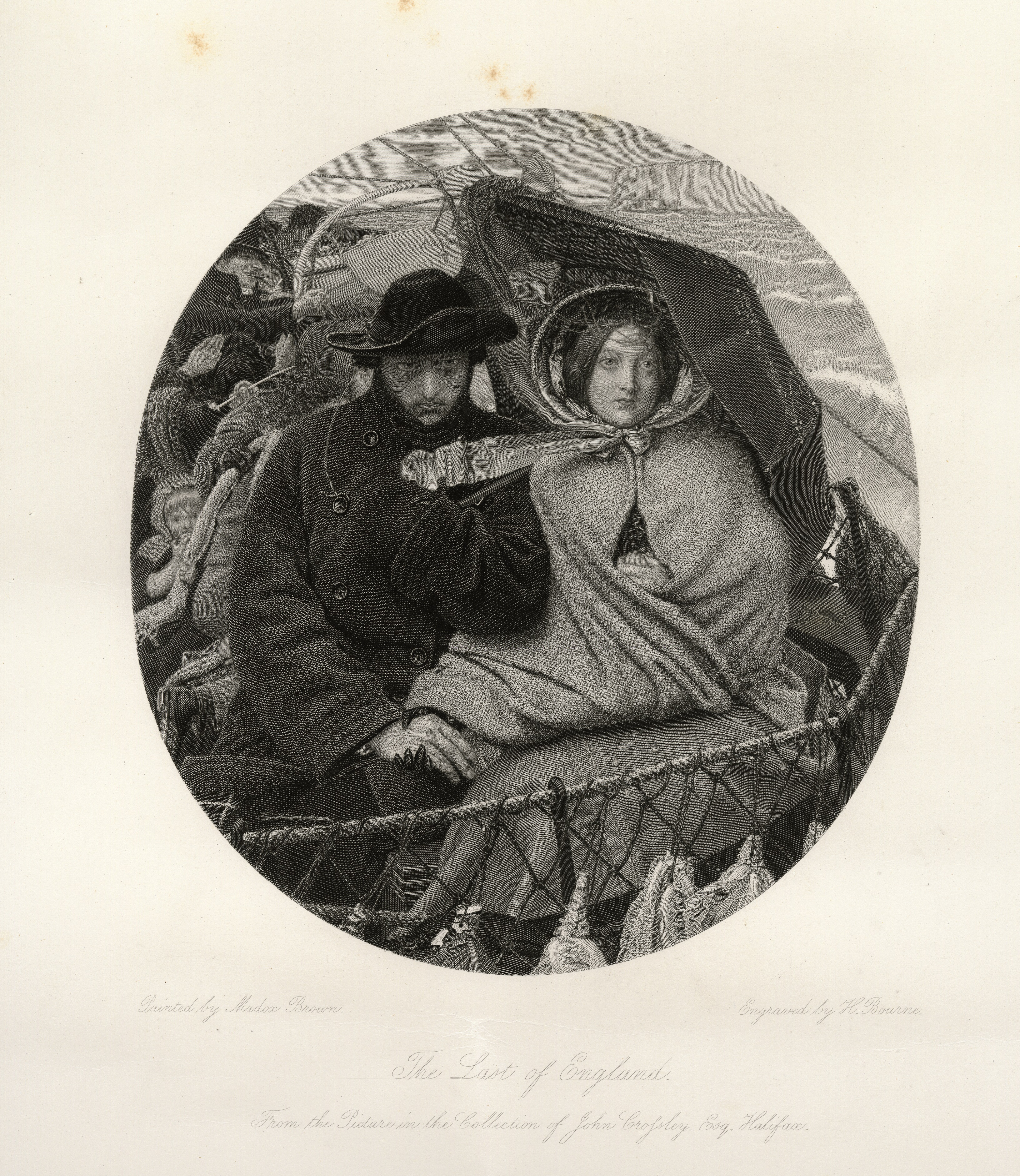The Gaze Between: What Happens when the Egyptian Harem Re-turns the Gaze of an Englishwoman
Keywords:
travel, colonialism, gender, englishwomanAbstract
Studies of Victorian women’s travel literature have long been focused on the constructed nature of the inside/outside dichotomy on which the British empire relied. The Englishwoman traveller situates her story within this construction by establishing her white female body as a symbol of English purity and insularity. As she ventures beyond the metropole, she must maintain the purity of her domestic sphere and her female body as a refuge from foreign influence. Her attempts to describe others as “Other” are therefore a construction and revelation of self. Through a close reading of the gaze in harem literature, this article contends that the Englishwoman is, in fact, deeply aware of how problematic the distinction between self and Other is. Far from taking the inside/outside dichotomy of the British empire for granted, she uses it as deliberate rhetorical strategy to bolster the boundaries she sees dissolving under her imperial gaze.
References
Anderson, Monica. Women and the Politics of Travel, 1870-1914. Madison: Fairleigh Dickinson University Press, 2006.
Armstrong, Nancy. How Novels Think: The Limits of Individualism from 1719-1900. New York: Columbia UP, 2006.
Bassnett, Susan. “Travel Writing and Gender.” The Cambridge Companion to Travel Writing. Ed. Peter Hulme and Time Youngs. Cambridge: Cambridge UP, 2002. 225-41. Print. Cambridge Companions to Literature. Print.
Guégan, Xavier. “Against ‘the Usual Restraints Imposed upon their Sex’: Conflictive Gender Representations in Nineteenth-Century Orients.” The British Abroad Since the Eighteenth Century: Volume 2: Experiencing Imperialism. Ed. Martin Farr and Xavier Guégan. New York: Palgrave Macmillan, 2013. Print.
Hassan, Narin. Diagnosing Empire: Women, Medical Knowledge, and Colonial Mobility. Burling-ton, VT: Ashgate, 2011. Print.
Lott, Emmeline. The English Governess in Egypt: Harem Life in Egypt and Constantinople. Phil-adelphia: T.B. Peterson & Brothers, 1866. Online. Accessed 13 Jan 2018. https://archive.org/details/cu31924028659369
Mabro, Judy. Ed. Veiled Half-Truths: Western Travellers’ Perceptions of Middle Eastern Women. New York: I.B. Tauris, 1991. Print.
Melman, Billie. Women's Orients: English Women and the Middle East, 1718-1918: Sexuality, Religion and Work. Ann Arbor: U of Michigan P, 1992. Print.
Miller, Melissa Lee. “The Imperial Feminine: Victorian Women Travellers in Egypt.” White Wom-en in Racialized Spaces: Imaginative Transformation and Ethical Action in Literature. Ed. Samina Najmi and Rajini Srikanth. New York: State University of New York P, 2002.
Najmi, Samina and Rajini Srikanth. “Introduction.” White Women in Racialized Spaces: Imagina-tive Transformation and Ethical Action in Literature. New York: State University of New York P, 2002.
Pratt, Mary Louise. Imperial Eyes: Travel Writing and Transculturation. New York: Routledge, 1992. Print.
Poole, Sophia Lane. The Englishwoman in Egypt: Letters from Cairo. Philadelphia: G.B. Zieber & co., 1845. Accessed 14 Jan 2017. https://archive.org/stream/englishwomanineg00pool#page/43/mode/1up
Vrettos, Athena. Somatic Fictions: Imagining Illness in Victorian Culture. Stanford: Stanford UP, 1995. Print.


